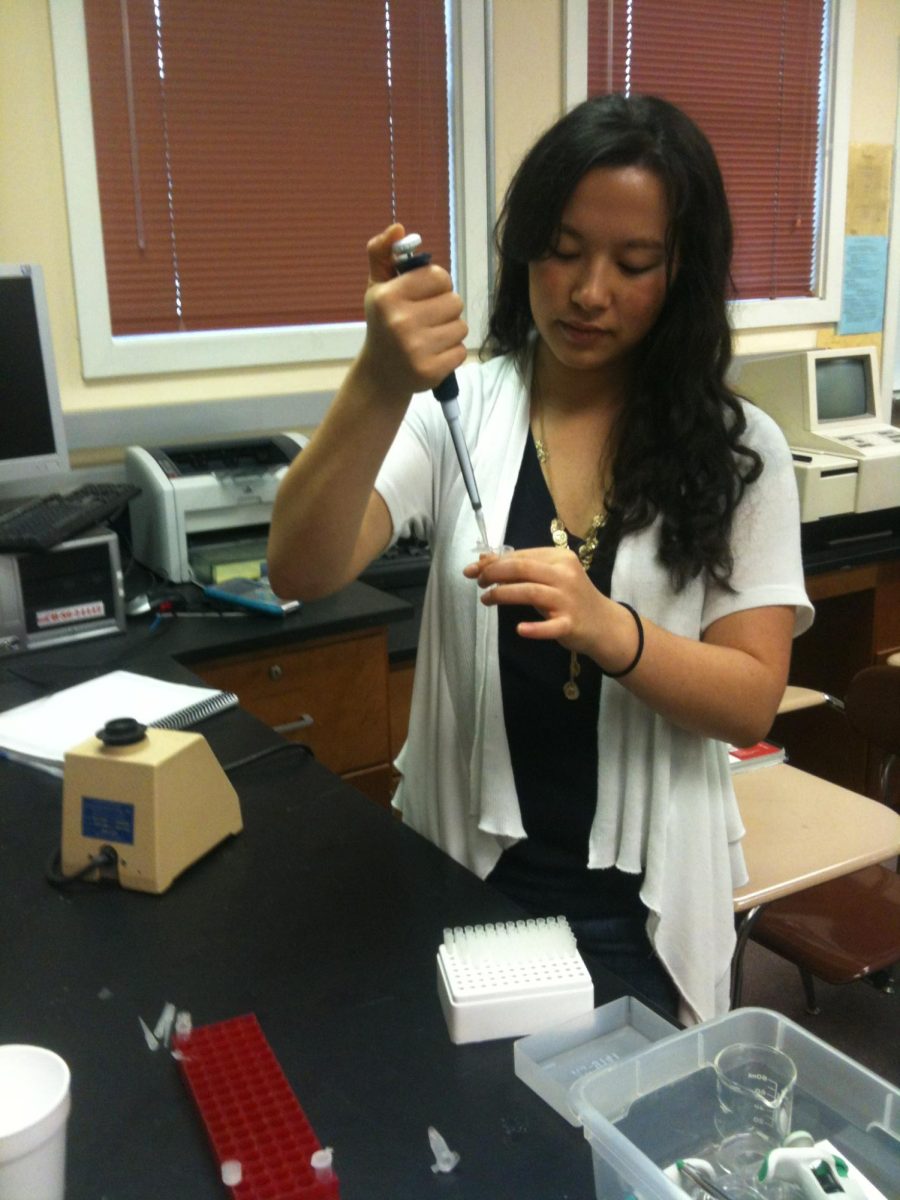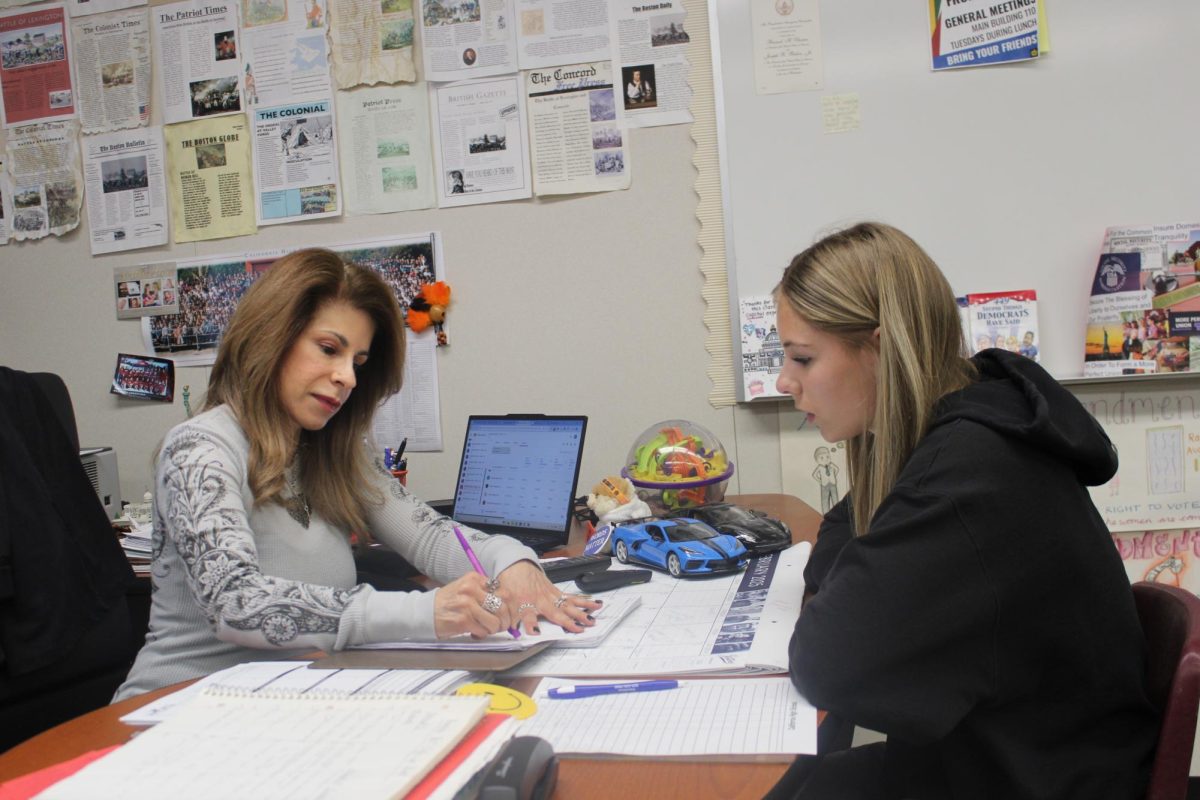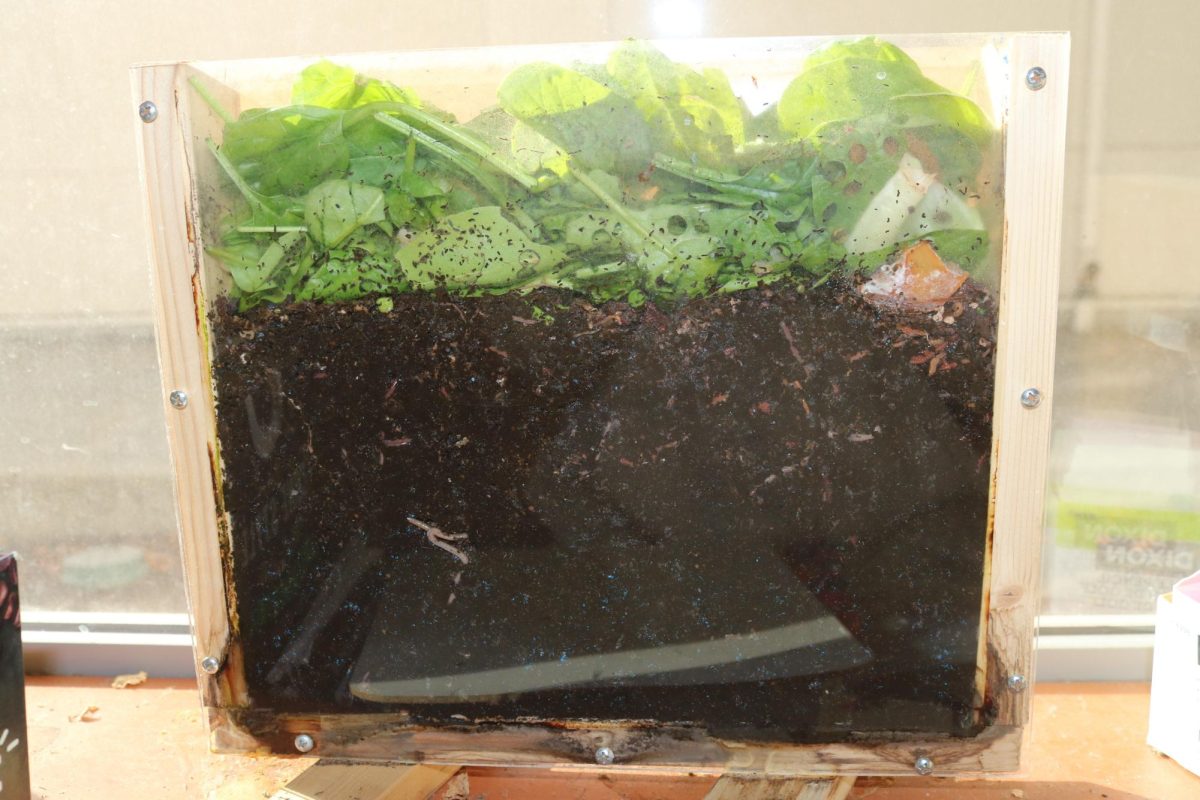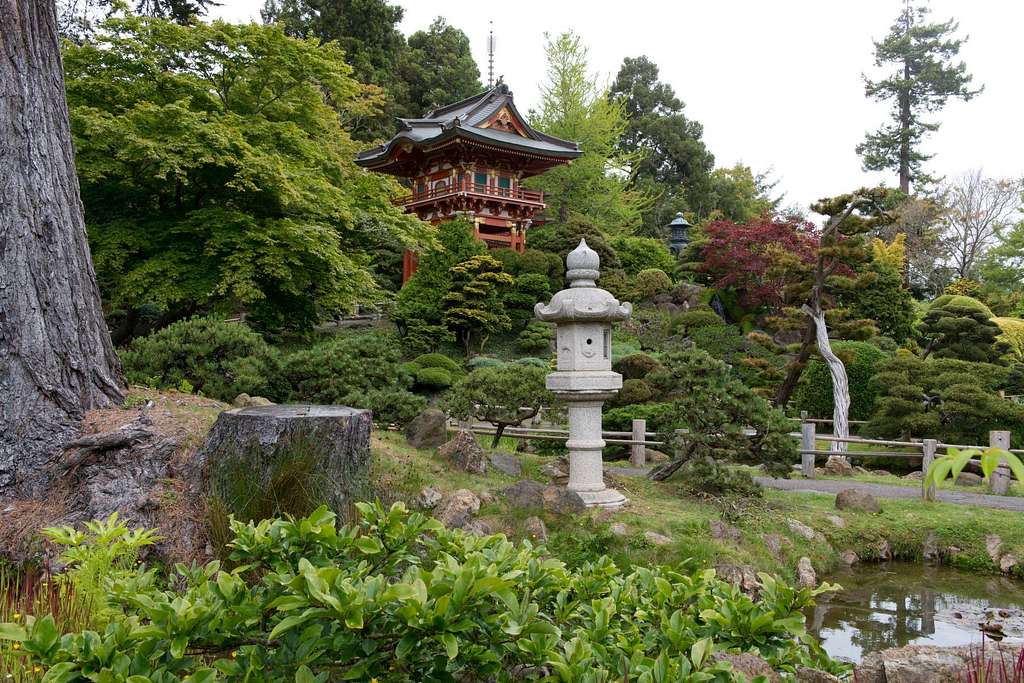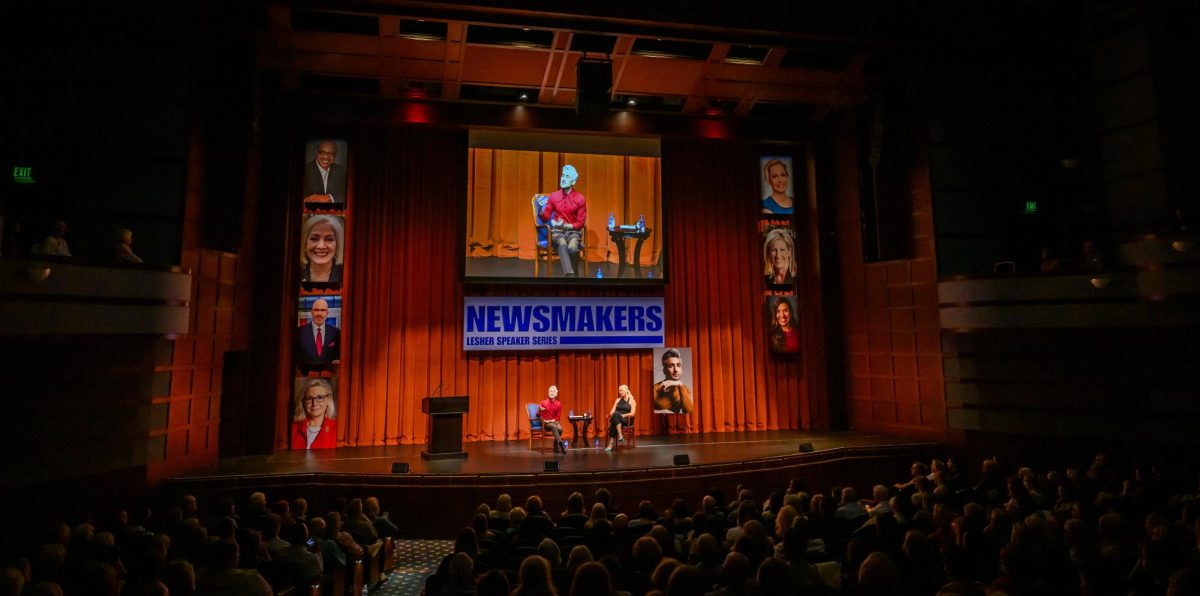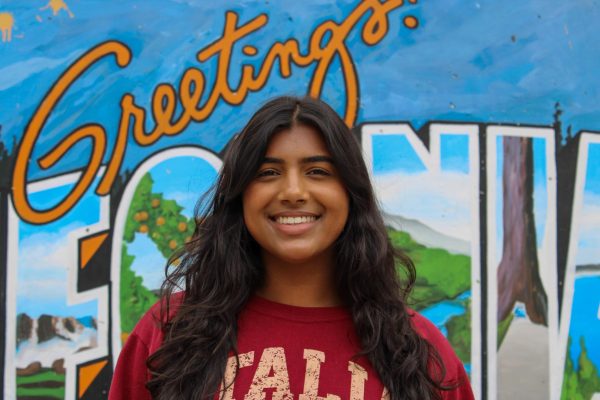
Cal High’s XR EDU club has made it past the first stage of the Samsung Solve for Tomorrow competition as state finalists for the second year in a row.
The club will now have to advance two more stages to win the competition.
Junior William Li and club supervisor Rae Crandall, an AP Computer Science teacher, started the XR EDU club.
Last school year, a group of students competed in the Samsung Solve for Tomorrow Competition. To continue having students from Cal compete, Li decided to start the club.
This club’s main purpose is to compete in the Samsung Solve for Tomorrow competition.
“Last year, there wasn’t an official [club] here,” Li said. “So this year, I thought we should make an official [club] here so that’s what we did.”
Samsung Solve for Tomorrow, initiated by Samsung Electronics, is a global education program encouraging students to use creativity, critical thinking and STEM skills to address real-world community issues through a competition with prizes, according to the Samsung Newsroom website.
The program aims to inspire the next generation of innovators, with competition details and themes subject to yearly variations.
To participate in the competition, a team must go through three different stages and perform well in each stage to advance. In the first stage, teams are required to submit proposals that outline their ideas to address a specific challenge or issue in their community. Finalists will receive a $2,500 prize package of Samsung products.
The club had the idea to create a Relief Tech Box, which would be a package with crucial supplies for survival after a disaster. The box would be enhanced with a screen, where a person could input the disaster they experienced.
The screen would provide survival advice. The box automatically adjusts for efficiency based on weather, location, and event factors.
The product was decided with the help of senior Alexander Pak, who joined the team last school year. Pak devised the idea after seeing a lot of people without homes when working at his family’s business in Berkeley. He also was excited to participate in the competition after hearing he would be able to apply some STEM skills while also supporting a good cause.
“I got to apply things I learned through school, such as in classes like AP Computer Science Principles and AP Computer Science A,” Pak said. “These computer science skills finally gave me a chance for me to use it to do some good.”
Sophomore Kanishk Krishna has also been on the team since last year. The team reached out to him and asked if he wanted to participate in the competition since they knew he was interested in computer science.
“It took us a lot of ideating, which is a key process in the Samsung Solve for Tomorrow competition,” Krishna said. “We went through many different prompts, and we were like, hey, why don’t we help people with these disasters.”
During the first phase, the XR EDU club were state finalists and received their $2,500 prize package.
Finalists in this stage are typically chosen for their creativity, feasibility and potential community impact. This qualified the team for the second phase, where students go more in-depth on their research of their products.
The XR EDU club conducted more research during this time about their target audience, and their potential materials to make the products, as well as distributing a survey.
In the survey, the team learned that about 80 percent of people from their community would find their product helpful. They also received information about possible challenges they may face with the product, which helps students stay ahead of possible problems they may run into.
Currently, the club has submitted its activity plan and is waiting to hear back from the review board to see if it will be state winners and move forward in the competition.
State winners will receive a $12,000 prize package of Samsung products, as well as a Samsung video kit. Winners will be announced by March 7.
“This year we are really hoping to make it to the state winner,” Krishna said.
On March 26, judges will evaluate video submissions and reveal the 10 national finalists. These finalists will earn a trip to the final judging event on April 29, where they will present their projects in person to a panel of judges.
During the period between March 26 and April 16, the public can participate by voting for their favorite projects among the national finalists on social media. The voting window runs from March 5 to April 2.
At the national winner reveal, scheduled for April 29, the awards community choice winner, public vote, and the award employee choice winner, Samsung employee votes, will be announced.
In the final stage, the national finalists have a chance to win $50,000 in Samsung technology and classroom materials, according to the Samsung Newsroom website.
If teams are named community choice or employee choice winners, they receive an additional $10,000 in Samsung prizes. Ultimately, the judges will announce three national winners at the final judging event.
